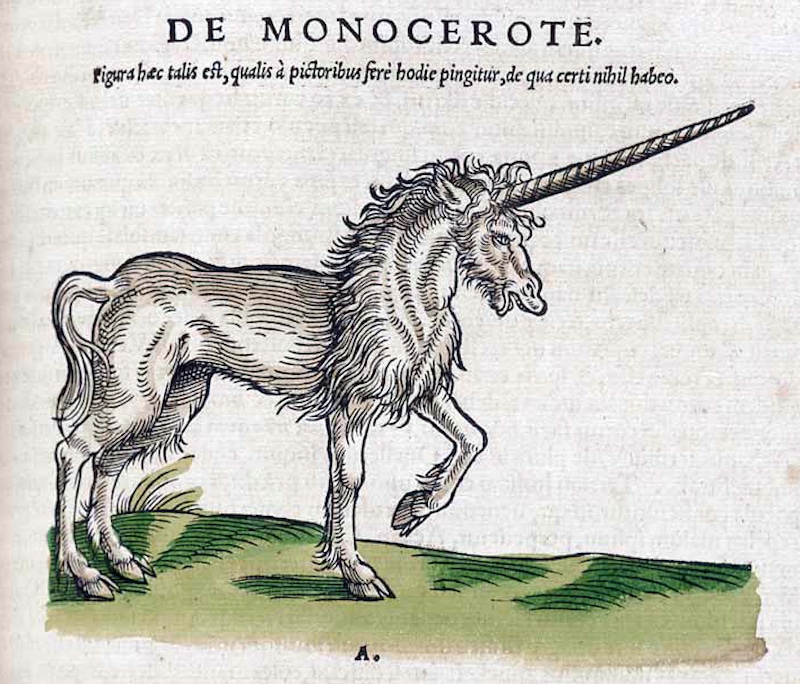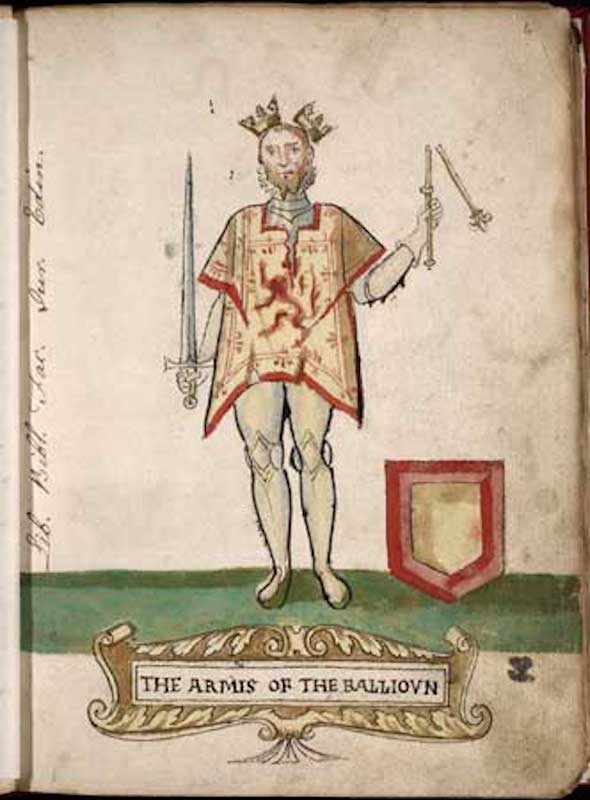History Explained is a series that provides travellers with the high-level historical context necessary to enjoy the places they visit. History of Scotland is the first country in the series, and this first post hits up the period in Scottish history known as the Great Cause.
I’m finding it difficult to visit places in Edinburgh without understanding at least the basic stories in the history of Scotland. Everywhere we turn, there is a plaque or story about a historical event that took place, and I find it difficult to keep all the names and dates straight. Last weekend, a friend and I sat in a pub trying to figure out the difference between Mary Queen of Scots and Bloody Mary (the English Queen, not the drink, nor the monster that will appear in your bathroom mirror if you’re foolish enough to thrice speak her name aloud). Just a theory, but I think I’d enjoy places here more if I had at least a simplistic grasp of the history of Scotland.
And with that lofty goal (“simplistic grasp”), I am setting out to write a wee series about the history of Scotland. My aim is straightforward: just enough knowledge to get by without sounding like a complete donkey while interacting with Scots and other natives – like the talking unicorns, bagpipes, lake monsters, etc. — but without so much detail that I confuse myself. Think Drunk History without the vomit.

I’ve already tried to understand a bit about Scotland by arguing that Scotland is a country, and checking out some local Edinburgh bands. I also plan to write about Scotland’s Wars of Independence against its rather aggressive southerly neighbour (cough, cough, England, cough) and Mary Queen of Scots…maybe some others too. But before I go there, we must first travel a wee while back, to an event known in Scottish history as the Great Cause.
Okay…I’m ready…Teach Me about the History of Scotland!
The Great Cause was a precursor to the first of the two Scottish Wars of Independence, and the death of Scottish King Alexander III in 1286 is really what set the whole machine in motion. With no living children, Alexander’s three-year-old granddaughter, Margaret (aka the Maid of Norway, not to be confused with the Maid of the Mist, or J-Lo, Maid in Manhattan) was first in line to the throne.
In 1290, the Guardians of Scotland, who ruled in the absence of a royal, and Margaret’s father, King Eric II of Norway, agreed to send five-year-old Margaret to Scotland. Norwegian King Eric II and English King Edward II had been chatting about the possibility of Margaret marrying the English heir to the throne, future King Edward II. While the Scots had yet to agree to the marriage of their wee Queen, it was pretty much a done deal.
Thus, little Maggie set sail for her future kingdoms of England and Scotland, which she would rule with her royal English husband. Unfortunately for every one involved, Mags didn’t make it to her new kingdom, perishing along the way in Scotland’s Orkney Islands.
Lest you be confused about exactly how this went down, I made a wee video. I know…I’m a brilliant filmmaker with a bright, bright future.
)
Margaret’s death by sea monster…er something…threw Scotland into a Game of Thrones-style situation, with 13 potential kings rivalling for the Scottish throne. I think it’d be fair to say that things went downhill from here.
1291 to 1292 is the period in Scottish history known as the Great Cause. Scotland was focused on choosing a king, and 13 men laid claim to the throne: Robert Bruce (Robert Bruce’s grandson, Robert the Bruce, later became king — if you don’t remember that, you’ll likely get pretty confused later on) and John Balliol were the forerunners in the competition. The two-way race made the Guardians nervous; they feared the Bruce and Balliol clans, and their respective supporters, would battle it out, potentially thrusting Scotland into civil war.

In 1291, the Guardians — in what turned out to be a spectacularly unwise decision — asked England’s King Edward I to help the two families reach agreement. Edward I, never one to miss an opportunity, smelled weakness; he agreed to mediate, but decided to bring along his troops. With an English army at their doorstep, the Guardians had no choice but to accept Edward I’s demand that he be made Lord Paramount of Scotland, essentially turning Scotland into a vassal state of England. Whoopsies!
This indeed was a big oops on Scotland’s part: although Robert Bruce and John Balliol agreed to Edward I’s terms (they didn’t have much choice), they also still wanted to be king. Now, rather than have two power-hungry crazies looking to run the country, Scotland had three.
While Edward was able to force the Guardians and people of Scotland to agree to many of his demands, he also continued to negotiate the path towards choosing a new King of Scots. Edward agreed to hear the claims from the 13 men (and their lawyers) who felt they had legitimate claims to the throne. Over a series of meetings, Edward rejected most of the claims; he declared John Balliol, Robert Bruce, and two others to have the most legitimate claims, and set up a panel of arbitrators, which included himself, to make the final decision.
In November, 1292, the group chose John Balliol to become the new King of Scotland, thus marking the end of the Great Cause. All, however, was not well in Scotland, and King John’s power over King Edward I led quite quickly to the Scottish Wars of Independence, which is a topic for another day.
Still Confused? All you Need to Know about the Great Cause in 5 Bullet Points:
- In 1286, Scottish King Alexander III dies. Because his children were also dead, his three-year-old granddaughter, Margaret, was set to become Queen of Scotland.
- Margaret’s father (King Eric II of Norway) and English King Edward II pretty much agree that Margaret should marry the future English King Edward II. This is pretty much a done deal when Margaret leaves Norway for Scotland. Yay for Margaret!
- Margaret
is attacked by a seamonsterdies on the way, throwing Scotland into a succession crisis. - 13 men come forward, claiming their right to be the next King of Scotland, but Robert Bruce and John Balliol are the favourites. Scotland’s rules (the Guardians) ask England’s King Edward I to help decide who should be King.
- King Edward I takes advantage of the situation and demands he be put in charge of Scotland. In 1292, he eventually oversees the coronation of John Balliol, but the new King John doesn’t have any real power: the actual ruler of Scotland is still King Edward I.
- Scotland feels sad.

There’s a warehouse-load of history to be told prior to ‘The Great Cause’, Katie! Seems a shame to skip it, but you’re doing a fine job otherwise!
My only editorial submission would be that Edward I demanded to be seen as ‘overlord’ of whoever succeeds to the Scottish throne, not to be “put in charge of Scotland”. This was not an unusual practice of the time, especially where adjudication of succession was being requested but no-one seriously expected Edward to invoke this overlordship as a right to demand the King of Scots’ hand in waging war. Nonetheless, that’s what Edward did, and Balliol point-blank refused, whereby Edward had the Scots king seized and subsequently invaded Scotland, which in turn triggered the Wars of Independence.
Ha ha! Fair enough…I definitely didn’t get the whole story :). I appreciate you taking the time to comment and add to the information. Also: I really like the title “Overlord.” Might add that to the next round of business cards :)